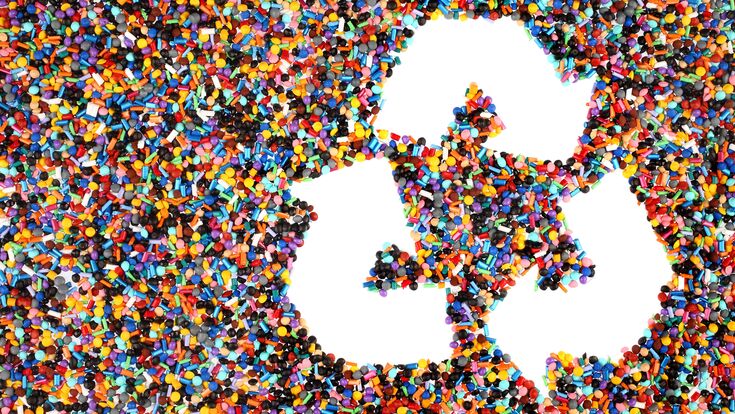Plastic Recycling : The future of recycled material availability: Challenges and opportunities to 2030

The importance of plastic recycling continues to grow, driven by new regulatory requirements and the increasing demand for post-consumer recycled (PCR) materials. A recent study commissioned by BKV GmbH and carried out by Conversio Market & Strategy GmbH analyses the current availability of PCR and forecasts demand up to 2030. The results show that despite expected improvements in recycling infrastructure, significant supply shortages are looming.
Regulations driving change
The European Union has established clear regulatory frameworks for plastic recycling. Particularly relevant are the Packaging and Packaging Waste Regulation (PPWR) and the new ELV Regulation for end-of-life vehicles. These regulations set minimum quotas for the use of recycled materials and require industries to adopt a more circular approach to plastics. The Circular Economy Action Plan (CEAP) reinforces these efforts and aims to position the EU as a global leader in sustainable resource use.
The PPWR, adopted in December 2024, mandates increasing levels of recycled content in packaging materials, setting ambitious targets for 2030 and 2040. It also introduces stricter rules for waste collection and sorting to improve the quality of recyclates. The ELV Regulation, updated in 2023, requires higher recycling rates for end-of-life vehicles and promotes the use of recycled plastics in new car manufacturing. These regulations align with the overarching goals of the CEAP, which was introduced in 2020 to enhance sustainability across industries by promoting waste reduction, increased recycling rates, and stricter environmental standards.
>>> "The PPWR has the potential to revolutionise the way packaging is produced and managed"
Supply deficits despite rising demand
The study reveals that in 2022, approximately 32.3 million tons of plastic waste were collected in the EU, of which only 16.4 million tons were actually recycled. This resulted in a current recycled output of 7.7 million tons, with 6.7 million tons remaining within the EU.
By 2030, however, the total demand for 13 million tons of PCR is anticipated. Under a conservative "business-as-usual" scenario, this results in a supply shortfall of 3.5 million tons in the EU. Even an ambitious "advanced scenario," which accounts for significant investments in mechanical and chemical recycling, would still leave a 788,000-ton gap. In Germany alone, the supply shortfall would range between 310,000 and 861,000 tons, depending on the scenario.
The study also projects that sectors with high demand for recycled materials, such as packaging and automotive, will face the most significant shortages. In the packaging industry, demand is expected to rise sharply due to stringent EU regulations mandating increased recycled content. The automotive sector, driven by the ELV Regulation, will require more PCR for vehicle manufacturing. However, current recycling technologies and collection infrastructures may not be sufficient to bridge the supply gap.
Furthermore, investments in chemical recycling could play a pivotal role in addressing these shortfalls, as this technology enables the processing of hard-to-recycle plastics that traditional mechanical recycling cannot handle. Nevertheless, large-scale implementation of chemical recycling remains uncertain due to high costs and regulatory challenges.
Challenges in imports and exports
Another uncertainty is international import and export regulations. Due to stricter environmental policies, many countries, particularly China, are reducing their acceptance of plastic waste from Europe. At the same time, global demand for high-quality recycled materials is rising, intensifying competition for available quantities. As a result, European companies might struggle to secure enough material to meet regulatory requirements despite increasing recycling rates.
Accelerate investment
The study’s findings highlight the urgency of accelerating investments in recycling infrastructure. Without substantial expansions in mechanical and chemical recycling capacities, severe shortages are imminent, which could pressure businesses and jeopardize European climate goals. The future of the plastic circular economy will heavily depend on how swiftly and decisively policymakers and industries address these challenges.
